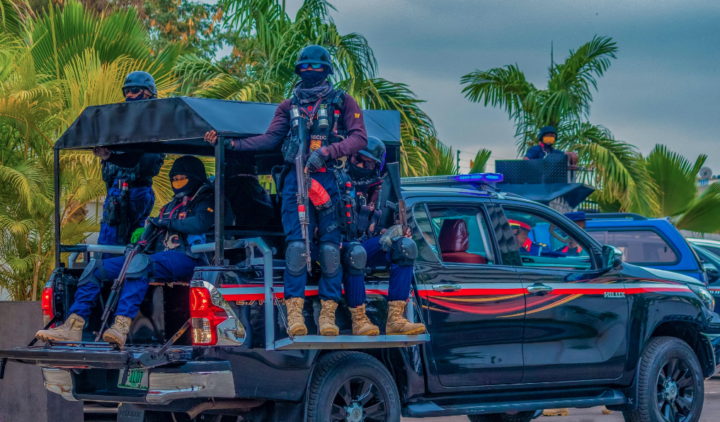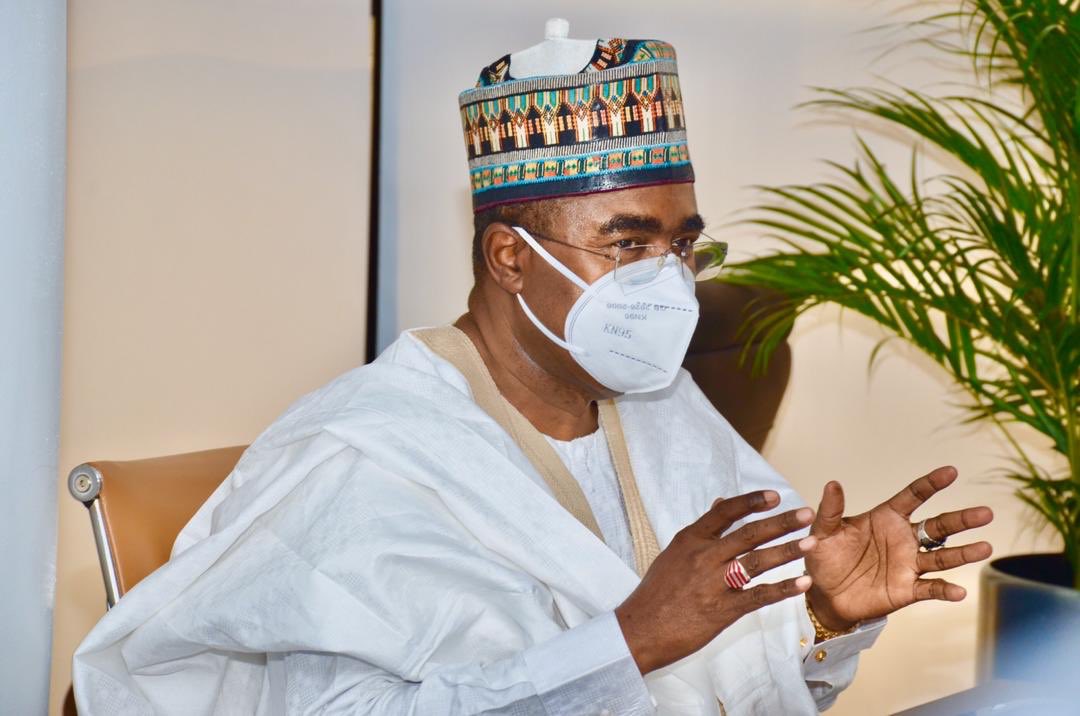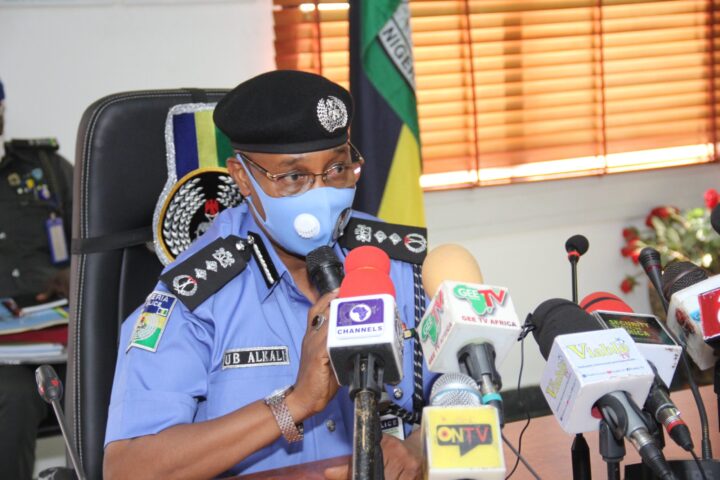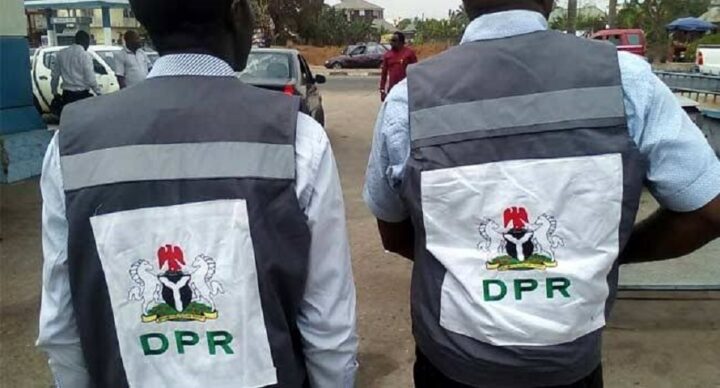The Nigeria Security and Civil Defence Corps (NSCDC) has called for improved security around critical infrastructure across the country.
Speaking with journalists on Friday in Abuja, Benito Eze, assistant commandant-general in charge of critical national assets and infrastructure, said the threats to the country’s infrastructure may have economic consequences.
He called for cooperation with security agencies to ensure that infrastructural projects across the country are protected.
“These threats can have devastating consequences and could threaten the national economy and entire communities,” NAN quoted him as saying.
Advertisement
“Oil pipelines used to be the most threatened sector, but in recent times, we are having more threats in the transportation sector.
“There is no country that can be stable if its infrastructure elements are not of use, so they need to be protected for the smooth running of the government.
“Their collapse results in the collapse of the government. That is why we need to come together to ensure they are protected.”
Advertisement
Eze also said NSCDC, in partnership with relevant stakeholders, would organise a three-day summit, with the theme ‘Synergy: Panacea for Effective Critical National Assets and Infrastructure Protection’.
He said the summit, initially scheduled to hold from September 7 to September 9, will now hold from September 27 to September 29.
Eze said the event was part of strategies by the NSCDC and the federal government to further explore ways to safeguard the nation’s critical assets.
“The event will provide an opportunity for participants to review the current security situation in the country. They will also assess the level of risks to critical assets and infrastructure, and evolve ways to actively promote synergy among all the stakeholders,” he added.
Advertisement
He said two sectors — election management system and educational facilities — have been added to the initial 16 critical infrastructure sectors.
He listed the critical infrastructure assets to include chemical and commercial facilities, communication, manufacturing, dams, defence, industrial base, emergency services, energy, financial services, food and agriculture.
Others are healthcare, information technology, nuclear reactors, transportation systems, and wastewater systems.
Advertisement
Add a comment







